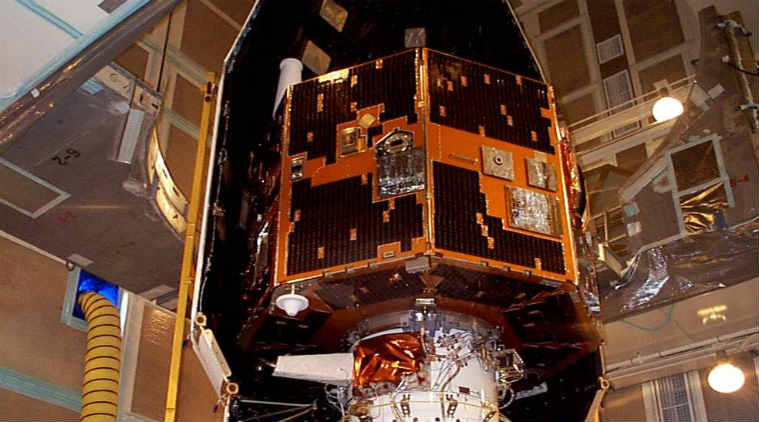
NASA confirms contact with long lost satellite ‘IMAGE’
On the eve of 20th January 2018, NASA scientists have confirmed the identification of a re-discovered satellite. The satellite is known as “IMAGE” which is short for Imager for the Magnetopause-to-Aurora Global Exploration. This particular satellite was launched into space in the year 2000 during the month of March.
The astronauts at NASA are planning on establishing the lost contact with IMAGE based on the observations derived by astronauts when locating the whereabouts of this satellite. IMAGE lost contact with the base at NASA in the month of December in the year 2005. Now, the astronomers believe that they have established contact with a satellite that could only be IMAGE.
To make sure the astronomers aren’t behind a blind chase, the NASA based Goddard Space Flight Centre located in Maryland has managed to bring in five different antennas into the scenario to detect radio signals coming from this lost satellite. The study of the five sites defined by the space agency has been found to show consistency with the frequency based characteristics that could only be from the IMAGE.
The data obtained regarding the radio frequency suggested that the center frequency had the expected usual spike along with exact size bands that characterize IMAGE. NASA also provided an official statement that confirmed that the satellite is, without doubt, the IMAGE. NASA astronauts are now planning to capture the signals emerging from the satellite as well as analyze the same.
NASA officials also stated that the challenges that could be faced during the decoding process of the signals are purely technical. This is because the OS (Operating System) and hardware components used in the IMAGE do not exist anymore and the systems down on Earth have been updated numerous times from the time the satellite was sent to the vast expanse of space. A major reverse-engineering process is required to obtain information being broadcast by the satellite.
If the effort is successful, NASA shall turn on the science payload present on the satellite which is presently off. This will help the astronauts understand the exact status of all the science instruments present aboard IMAGE. After an accurate result is obtained from the reverse engineering, the space agency shall decide the course to be taken in order to get back the satellite. The IMAGE was designed in order to capture images of the magnetosphere of Earth along with the production of a comprehensive plasma-based population of this particular region which would be global images.


